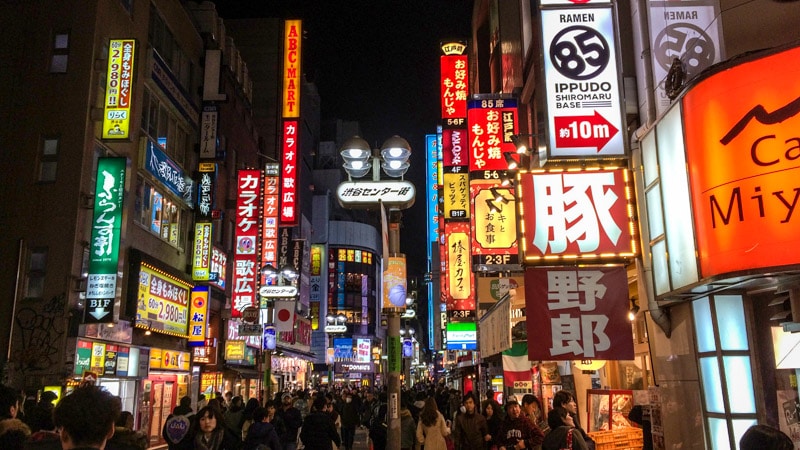
When you dream of Tokyo and Japan, you dream of Shinjuku and its neon lights, department stores, bars, love hotels, shrines, and futuristic skyscrapers.
During the day, Shinjuku is a great place to visit for its Shinto shrines, endless shopping, and art galleries.
As the sun goes down, Shinjuku comes alive. The neon lights, the crowds, and the energy make Shinjuku one of the most fascinating and bustling places in Tokyo. It’s everything you think Tokyo should be.
A quick geography lesson: At the center of Shinjuku is Shinjuku Station, one of the busiest stations in the world with over two million passengers. Nishi-Shinjuku, to the west of the station, is dominated by skyscrapers and government buildings. To the east of the station, you will find one of the largest and most energetic entertainment and nightlife districts in Tokyo.
Also, if you are undecided about where to stay in Tokyo, I highly recommend staying in Shinjuku. Shinjuku is the tourist center of Tokyo. The area has everything you could want including a large selection of hotels, bars, and restaurants. Some of my favorite Shinjuku hotels include Hotel Sunroute Plaza Shinjuku, Shinjuku Prince hotel, Shinjuku Washington Hotel, and Keio Plaza Hotel.
If you are looking for more information about Tokyo and Japan, I highly recommend you pick up a guidebook such as Lonely Planet Best of Tokyo 2020
Table of Contents
Yakitori at Omoide Yokocho (Memory Lane/Piss Alley)

I have a borderline obsession with yakitori. If you are unfamiliar, yakitori is simply skewered and grilled chicken. Yakitori is served all over Tokyo from tiny bars to fancy and pricey Michelin star restaurants.
Whenever I visit Tokyo, my first stop for yakitori is Omoide Yokocho, which translate to Memory Lane, more popularly known as Piss Alley.
Get any unpleasant thoughts out of your head about the name Piss Alley. The small alley, lined with about 60 tiny restaurants and yakitori bars, is actually quite clean and safe. When I say restaurants, I mean places that only have room for a few people.
As you walk down the lane, you will be rewarded with the amazing smells of meat and vegetables being grilled on gas and coal burners. You will find all sorts of people enjoying themselves from the businessmen who had one too many bottles of sake to curious tourists looking for great food.
Most of the owners who run the small establishments on the alley do not speak English. Also, most do not have English menus. No need to be intimidated though as most of the places are friendly with tourists. Just walk down the alley and decide what looks best. After you take a seat, look around at what others are eating and what is being cooked. Then just point at whatever looks good. Many of the small eateries serve other foods such as sushi, ramen, and soba.
One of my favorite experiences of Piss Alley was the time I made friends with a group of lively Japanese businessmen who loved to drink. We moved from one bar to the next trying out as many foods as we could while enjoying many bottles of sake and beer.
Directions to Piss Alley: Take the west exit of JR Shinjuku Station. With your back facing the west exit and Odakyu Department Store, walk to the right. Continue for 300 meters until you reach a major intersection. The covered entrance to the alley is just to your right.
Drinks at Golden Gai

I had heard of the Golden Gai many times before, but the first time I actually made it here was after I saw an episode of Anthony Bourdain’s No Reservations on the Travel Channel.
The Golden Gai, similar to Piss Alley, is a cluster of narrow alleys lined with old wooden buildings cramped with about 150 tiny, shoebox-sized bars and eateries with only as many stools as you can count on one hand. Some of the bars are located upstairs, accessible only by steep and dangerous looking stairs.
After World War II, a black market was located here which eventually transitioned into the Golden Gai as we see today. Over the years, the Golden Gai has been threatened to be shut down by developers wanting to redevelop the land and by the government who wish to shut down the area plagued with old and rickety structures. In recent years the Golden Gai has gone through a “Renaissance” as a new generation of owners have moved in.
During the day, the Golden Gai is pretty quiet, empty, and the opposite of golden. At night though, the area comes alive with all sorts of regulars and curious visitors looking to drink and party.
Many of the tiny bars in the area will give tourists the cold shoulder. While some bars only allow regulars or those who speak Japanese, others are opened to anyone including tourists.
If you are unsure which bar to enter, just look out for drink prices or charges listed on the doors of each watering hole. Some charge an entrance fee of about 500 yen. If you don’t see any information in English on the door, you might get denied entry.
Adjacent to the Golden Gai is the Hanazono Shrine. This Shinto shrine, missed by many, dates back to the 17th century.
Directions to Golden Gai:
Golden Gai can be accessed from the east exit of JR Shinjuku Station.
Observatory at the Tokyo Metropolitan Government Building

Western Shinjuku is dominated by futuristic skyscrapers including the Tokyo Metropolitan Government Building.
The twin-towered building was designed by Tange Kenzo. When the building opened in 1991, the government of Tokyo moved. This move symbolized the capital’s shift from traditional to modern ways.
You might ask yourself why you would want to visit the Tokyo Metropolitan Government Building. The answer is for the views from the two free observatories.
Visitors to the building can take high-speed elevators up to one of the two observatories located on the 45th floor of each tower.
Entrance to the elevators and observatories is completely free. Being free, there can sometimes be a wait of at most 30 minutes to reach the top. The staff usually moves crowds quickly and efficiently so the wait is usually not a problem.
Once you reach the 45th floor observatory, you will be rewarded with some of the best views of Tokyo. From here, the city seems to be almost endless as it goes on and on. On a clear day, you can see as far as Mt. Fuji.
If you want to experience amazing sunset and night time views, then take the elevator up to the north observatory as the south observatory closes at 5:30 PM.
Both observatories have a small restaurant and souvenir shop.
Hours
North Observatory: 9:30am-11:00pm
South Observatory: 9:30am-5:30pm
Directions to the Tokyo Metropolitan Government Building:
The first option is to take the Oedo Subway Line to Tocho-mae Station. The station is located in the basement of the building. Alternatively, from the west exit of the JR Shinjuku Station, walk west for about 750 meters (10 minutes) to reach the towers on your left.
Last Updated on January 23, 2024

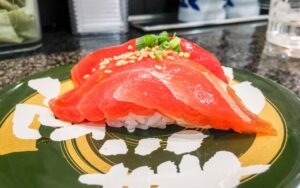
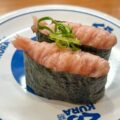


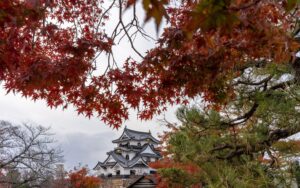
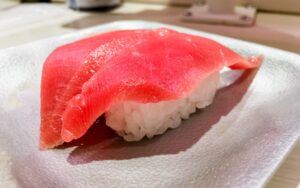
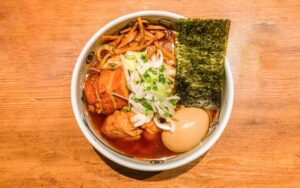
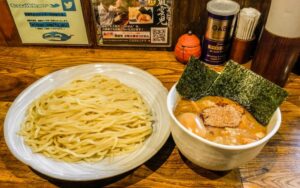
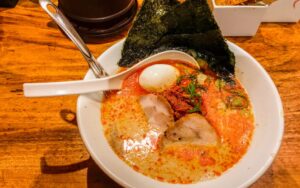
Thanks so much for your helpful tips! I’m looking to travel to Japan for just a day by myself and now I feel absolutely confidant that I will be able to maneuver through their train system during my brief visit there.
Vickie,
Enjoy your trip!
Hi , in Tokyo do you recommend me to buy a train pass locally in RSA or in Tokyo itself . We will be there for a week .
Priscilla,
Rail passes purchased overseas (at least in the United States) are slightly cheaper than rail passes purchased inside of Japan.